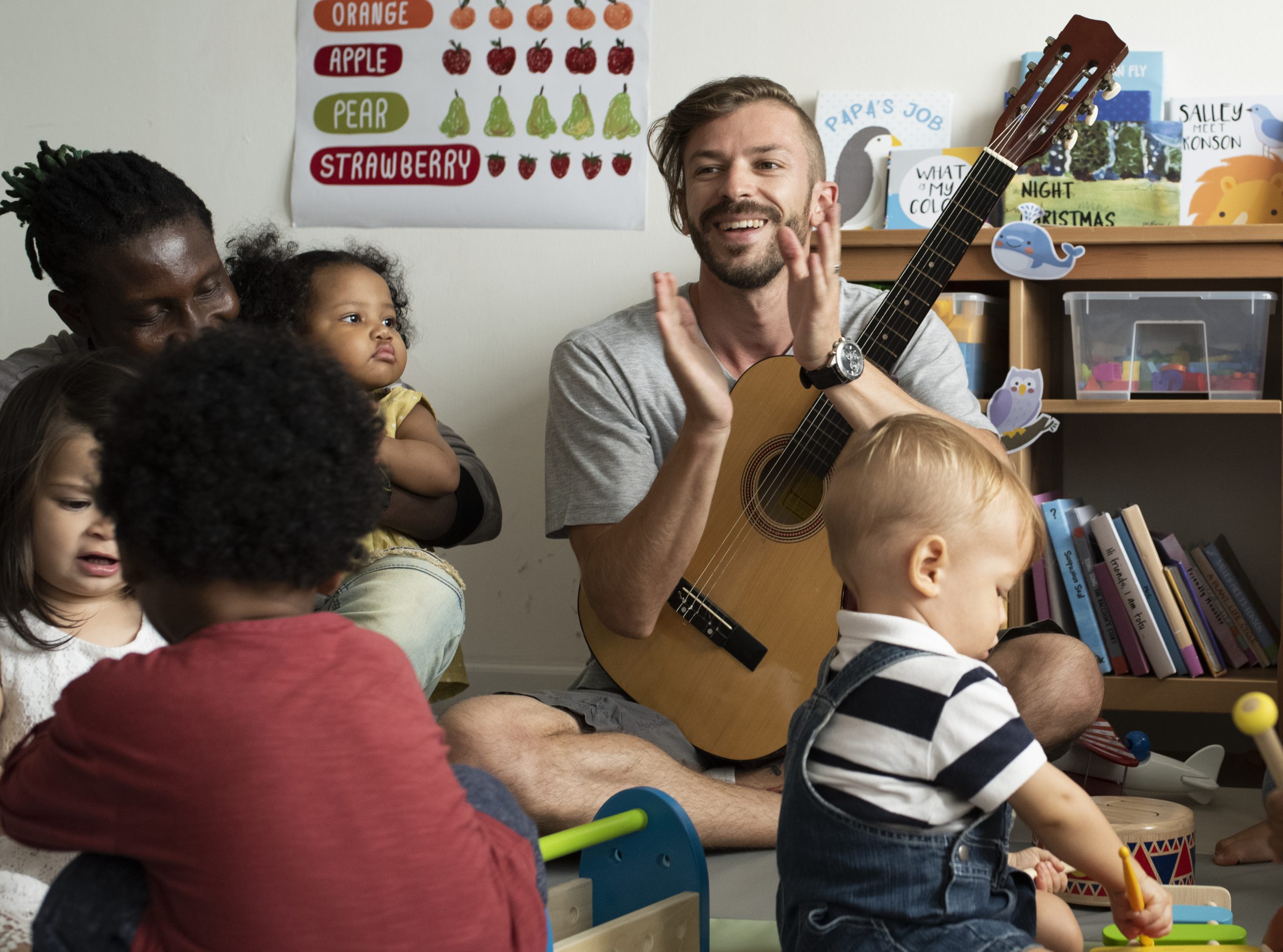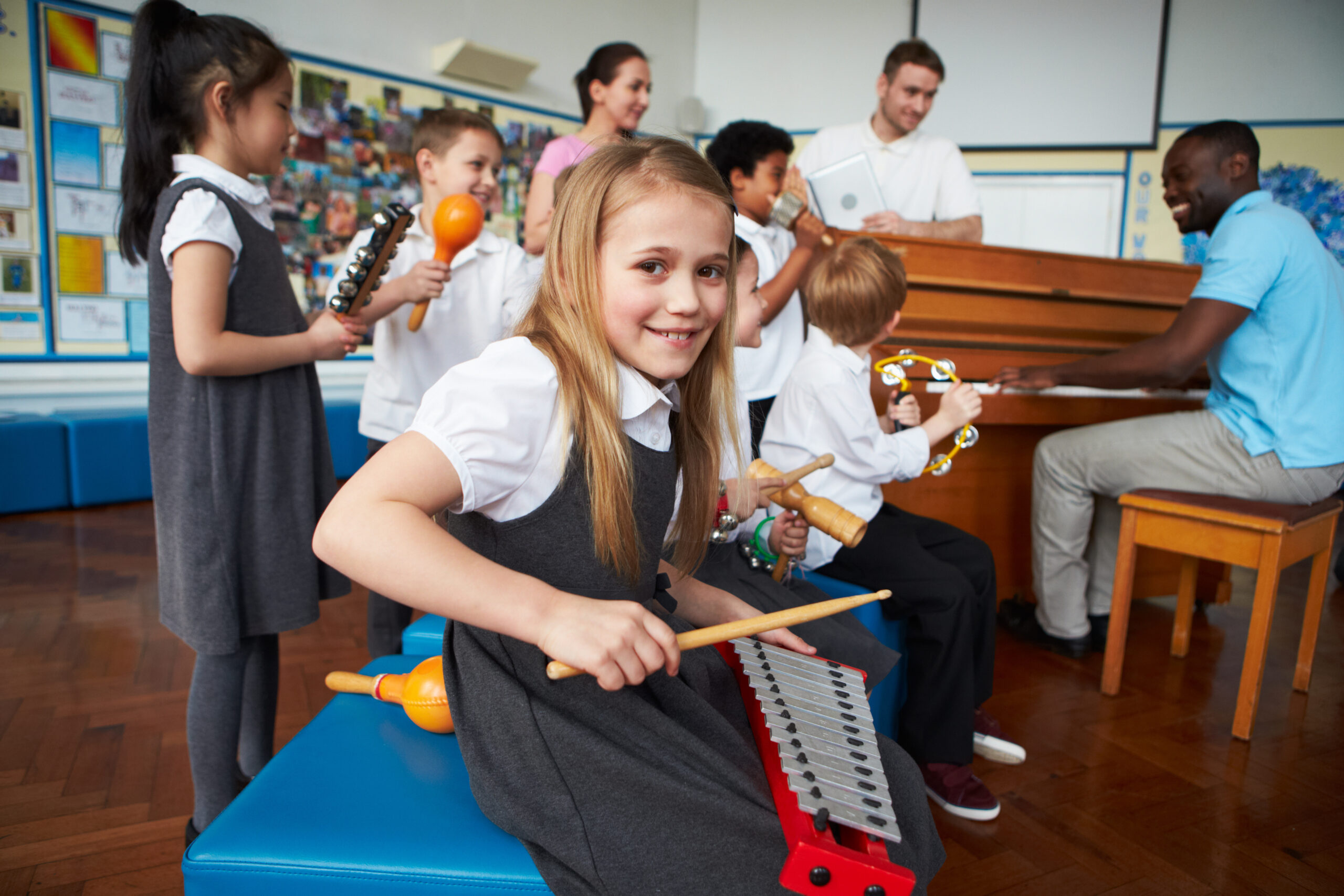
When music education professionals are trying to attain a ‘custom fit’ learning experience for their pupil or student, ideally they try to assess the inherent goals and ambitions of the pupil and then align their didactical and pedagogical repertoire accordingly. Quite often this results in some kind of goal congruency and agreement among the teacher and the student about what the intermediate or even ultimate goals will be. This is an important and useful aspect when designing a learning experience. However, there are a few possible hurdles to take.
Mixed ambitions
First of all it is important for music education professionals to acknowledge what their personal ambitions are as a teacher or a pedagogue, or even as a performing musician. By no stretch of the imagination can those ambitions come into play when setting out a course with a student, even unwantingly: a professional whose calling it was above everything else to become an educator might want to transfer all the knowledge, skill, motivation and inspiration he or she posseses onto his or her student, regardless of possibly more modest goals of the pupil. Also as a performer, ambitions or unrealised potential could play a role in wanting a student to reach or even exceed the expert level of the teacher, and in doing so realising the teachers (possibly unfulfilled) ambitions vicariously. So, when striving for clarity on set goals, or goal congruency, it is worth pointing out what the teacher could bring subconsciously into the mix and therefore he or she should be weary of this. Interestingly, within ludodidactics there is more to goal setting than just goal congruency.
Perceived goals
Within ludodidactics, learning design is always about influencing behaviour and in that respect goal congruency is not a necessity from a design point of view. As explained in the video’s on the theory and practice of the epistemic framework, the objectives of gameplay can lead to an entirely different perceived goal (e.g. winning the game, being the hero) than the change in (learning) behaviour that the gameplay was designed for in the first place. So, a student could be totally involved in achieving a game’s objective without the awareness that underlying pedagogical objectives are being achieved as well. This principle can be very helpful, especially in cases where aspects of musical training are less inviting or motivating to the student, such as learning music theory (e.g. building chords) or performing repetitive tasks. As performing or playing music provides instantaneous audible feedback, and thus the gratification of making progress is immediately felt by the student, there are considerably less or no reasons to obfuscate the learning goal in actual musical play with other game objectives; achieving substituted game objectives almost never match the real satisfaction when achieving a minor or major succes when playing music.
Goal substitution
In the example of the boomwhacker game, the learning goals of the exercise (i.e. training of listening, melodic analysis, solfège, (musical) co-operation, interplay etc.) are almost irrelevant to the students (players), as those goals have become obfuscated by the objectives of the game, which are: solve the (melodic) puzzle, crack the code and retrieve the prize. In this sense designing highly motivating and inspiring game objectives into a learning experience, can be an extremely powerful tool. Especially in the case where behaviour has to be conditioned and skills solidified by performing repetitive tasks, goal substitution is remarkably effective, as with these tasks it can be more difficult to muster the right motivation to perform them. The same goes for teaching music theory, which many students find less stimulating. Using a more motivating game objective can make a considerable difference in these cases. Viewing the substitution of learning goals with game objectives as dishonest or trickery, would be shortchanging the intelligence of the learning design: the rewards – in the form of developed musical skills – are real, and can still be enjoyed by the pupil outside the setting of the game.
Sidenote: the images leading into this article are taken from the 1984 blockbuster movie, ‘The Karate Kid‘, where a boy is trained in martial arts by an old master. The movie provides a telling example of goal substitution when the boy is set to work on simple household chores, which in the end turn out to be basic karate skills. As colourful this example might be, it falls a little short within the context of ludodidactics, as the movie’s protagonist doesn’t really seem motivated when having to clean and buff Mr. Miyagi’s car (“wax on, wax off!”), it nevertheless shows the effectiveness of goal substitution in order to change behaviour when repetition (i.e. ‘grinding’ or ‘treadmilling’) is needed to progress.





